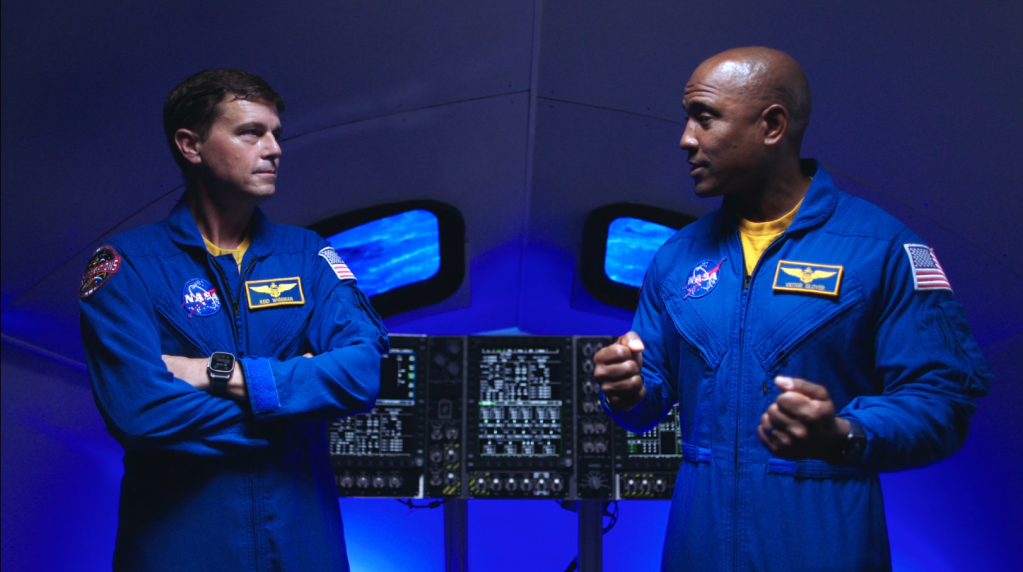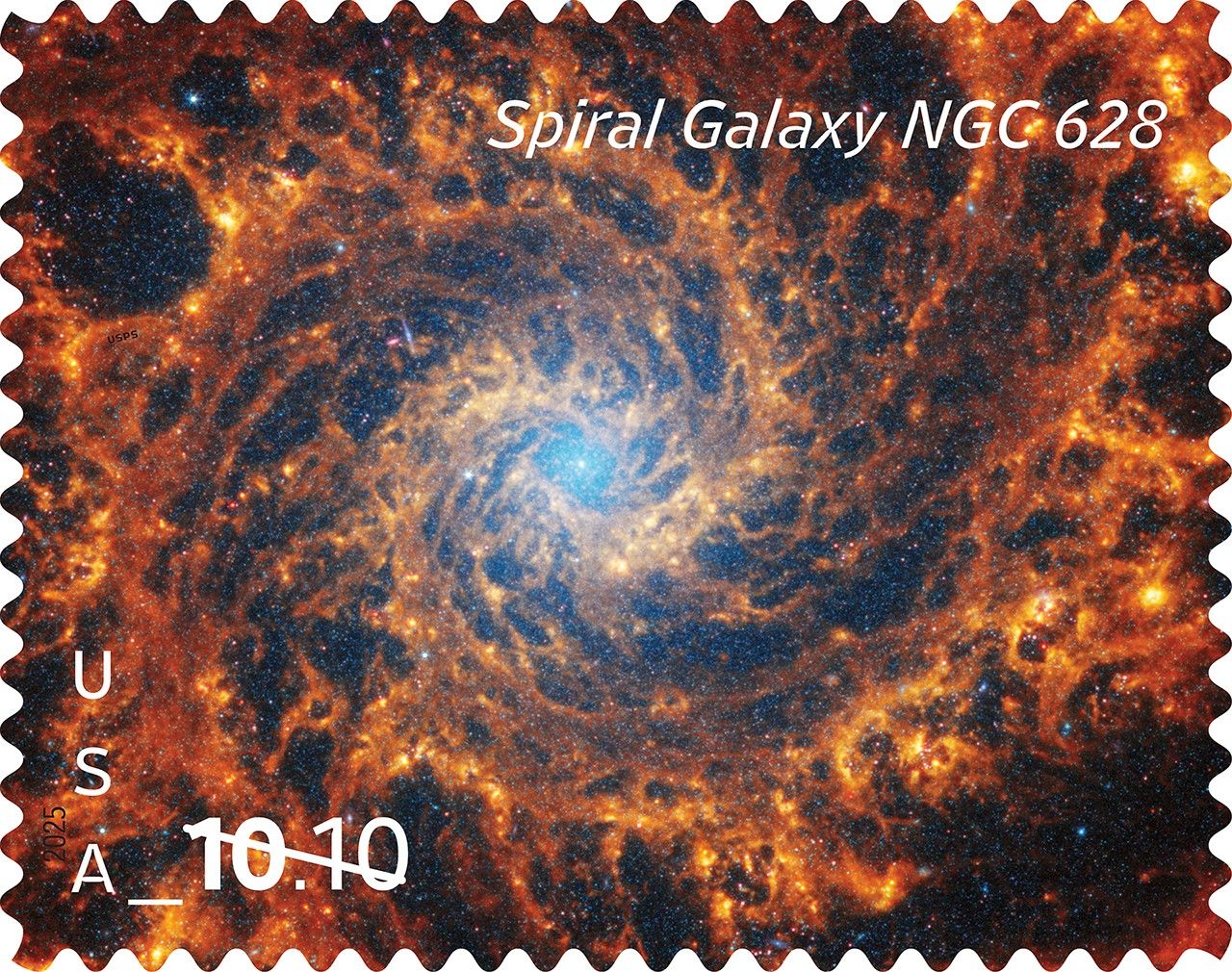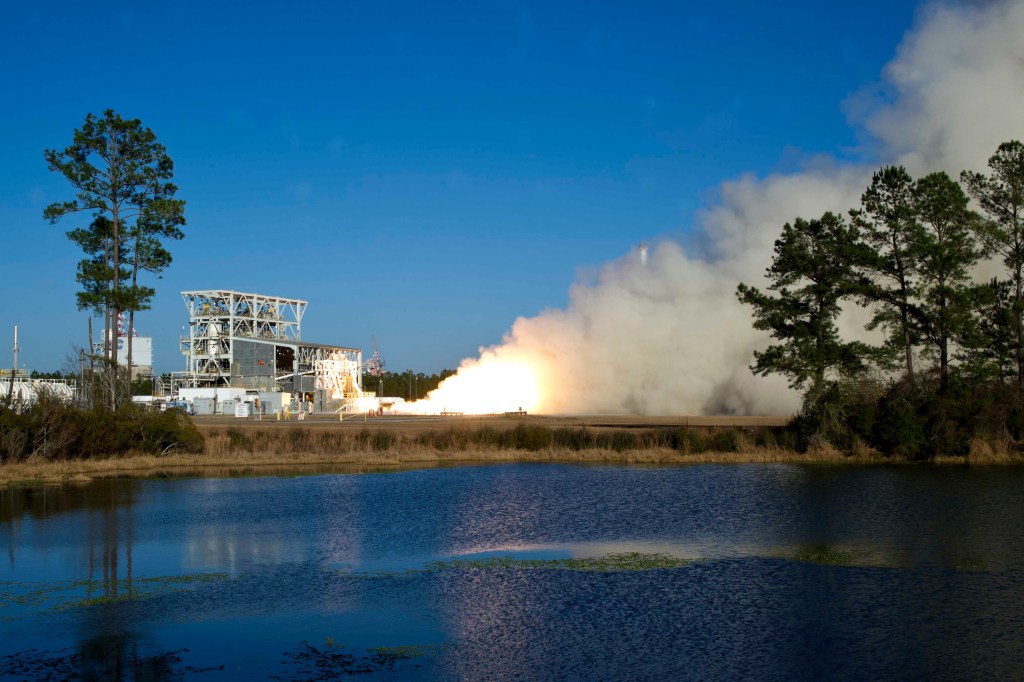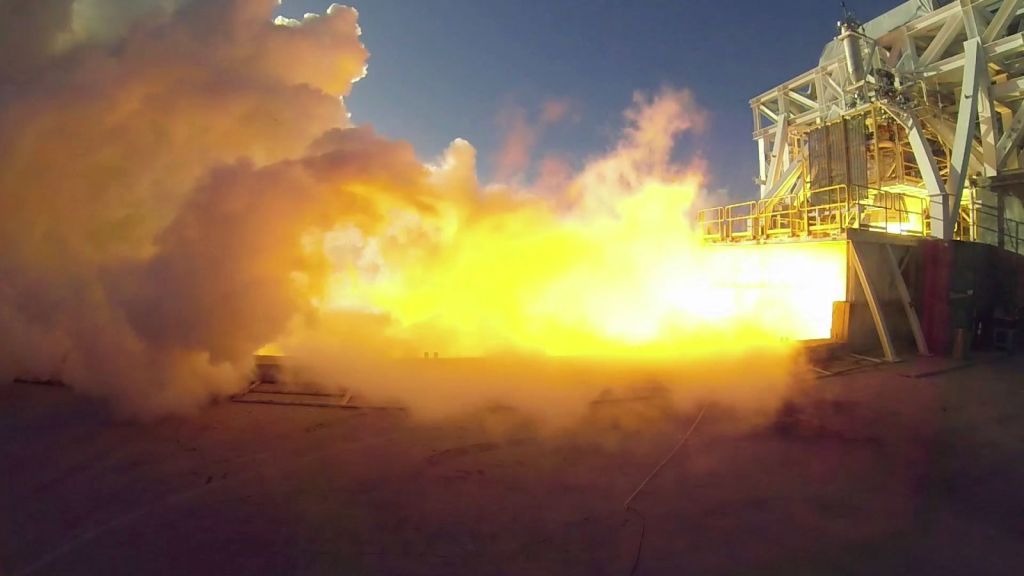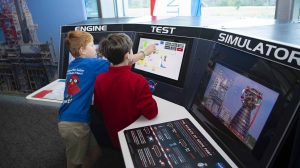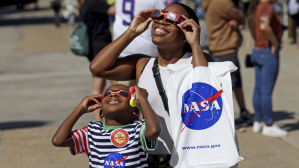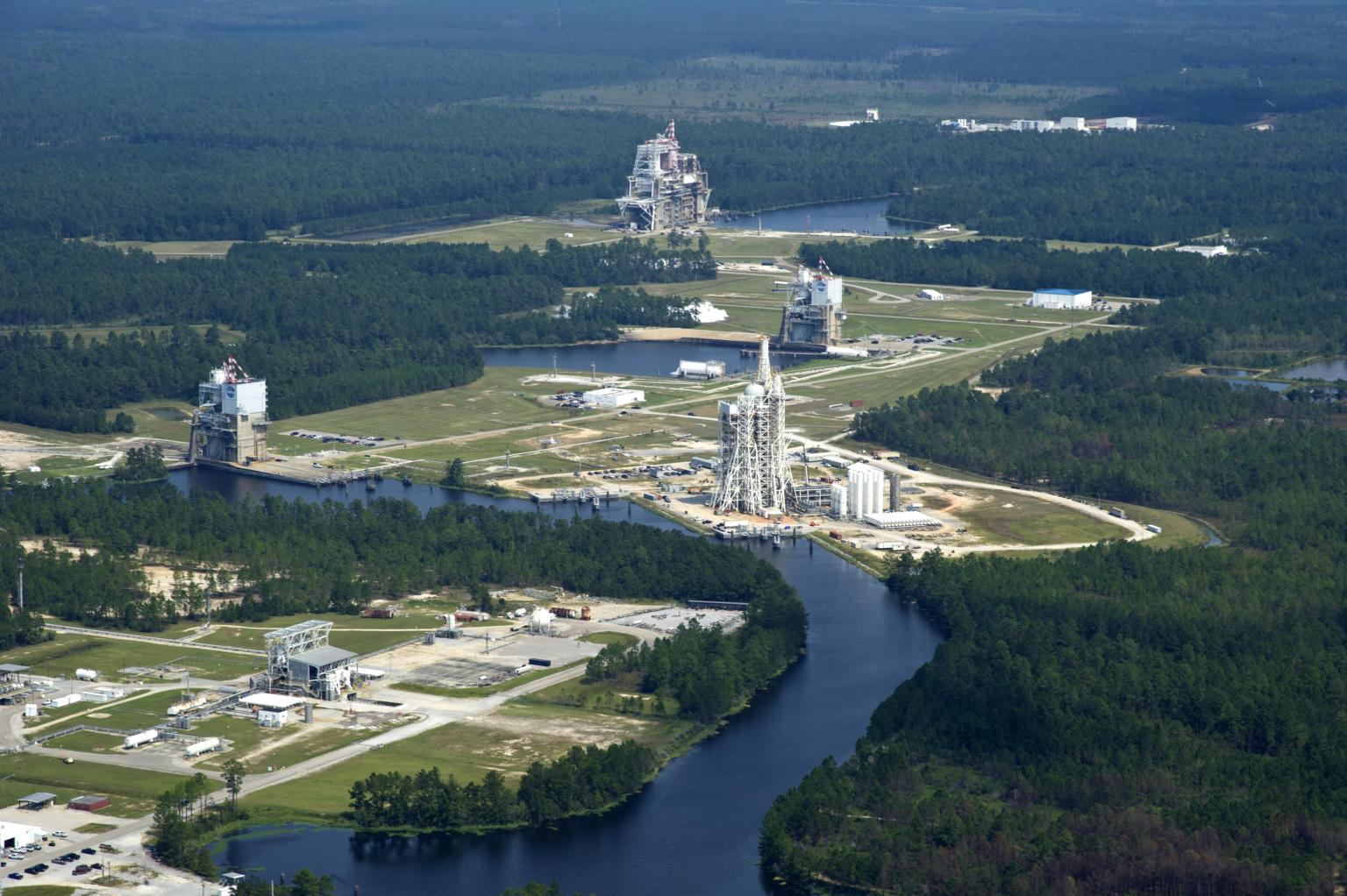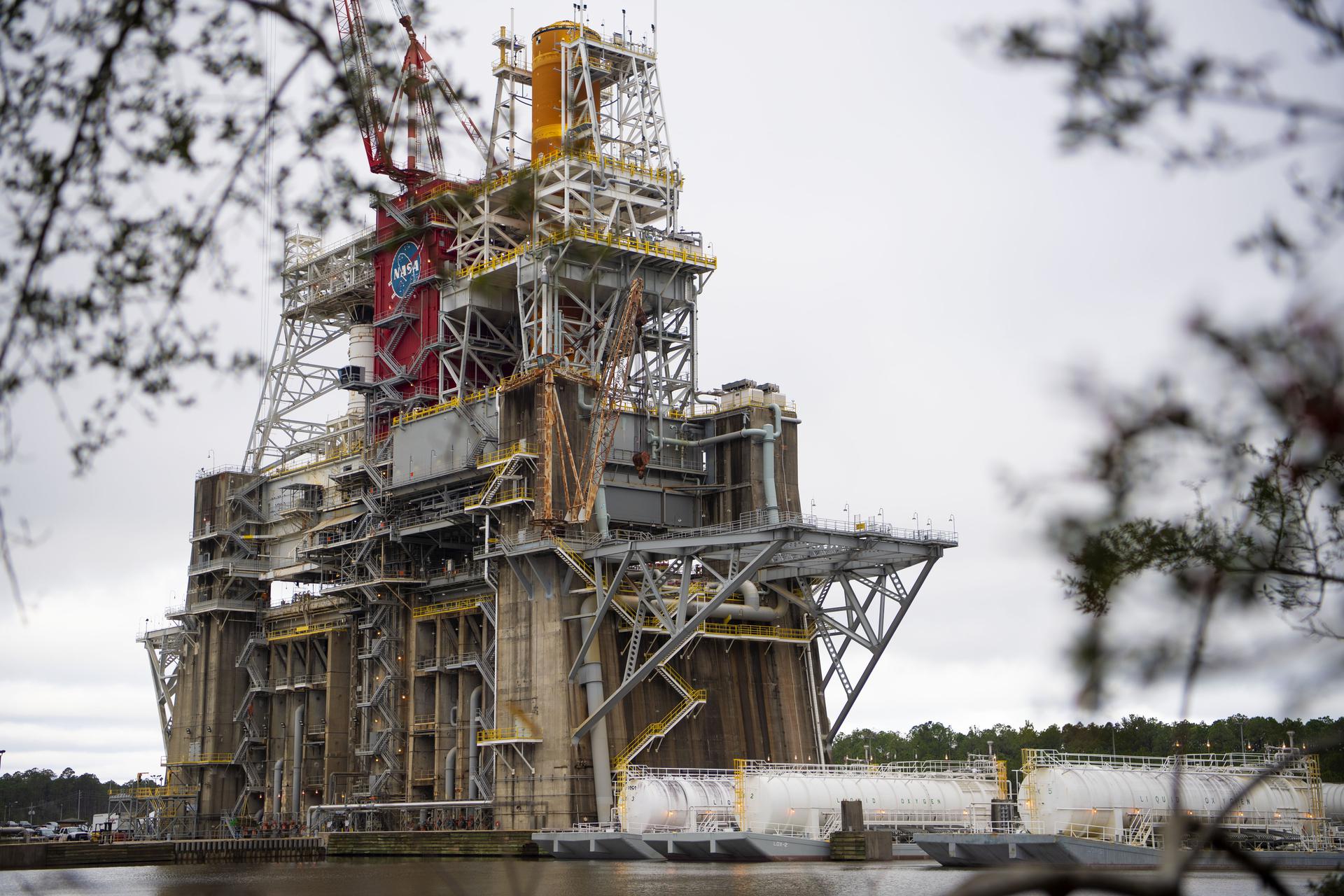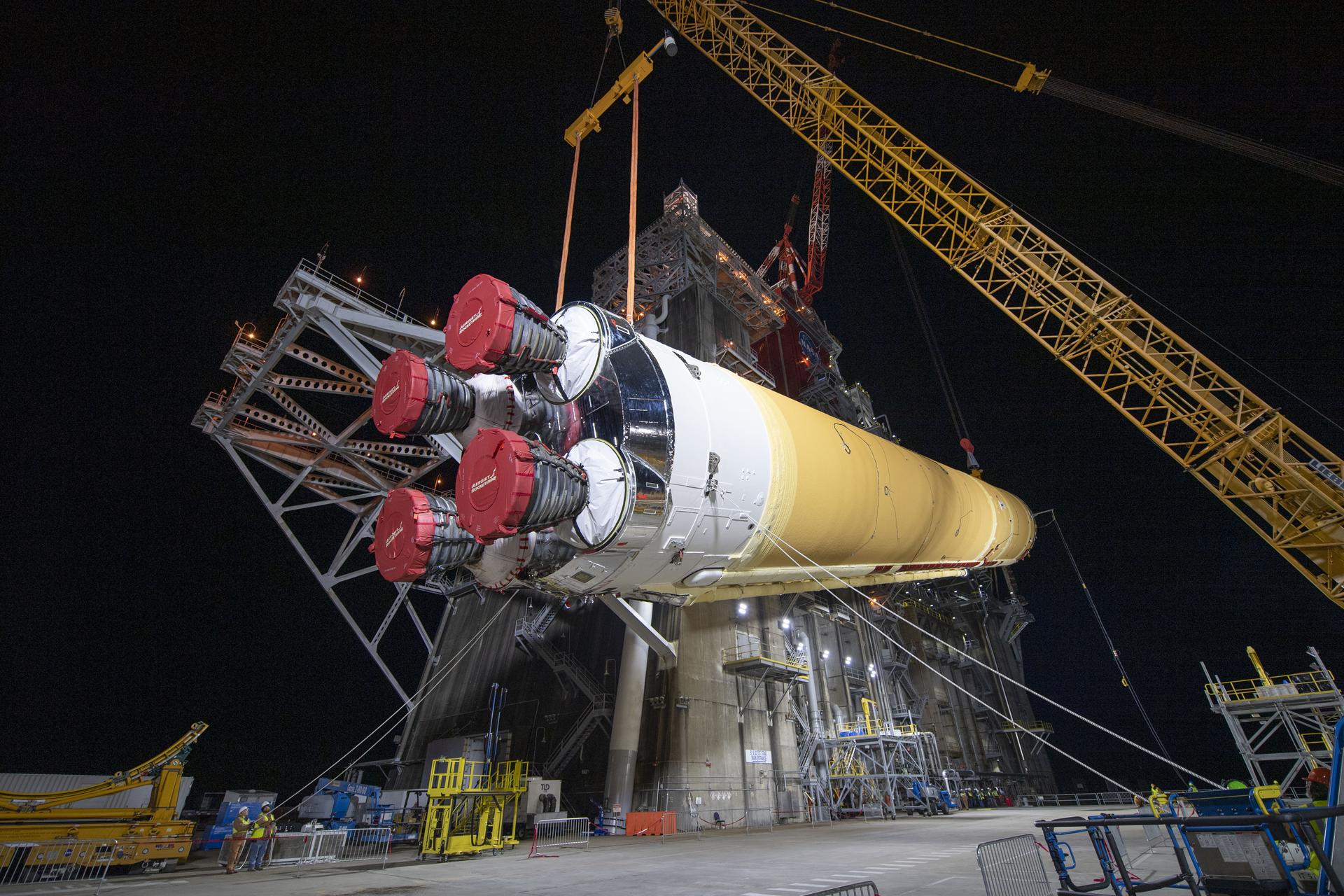On Jan. 17, Aerojet Rocketdyne AJ26 engine designated E-15 roared to life at NASA’s Stennis Space Center as a team of engineers conducted a hotfire test on the E-1 Test Stand. Initial indications are that the rocket engine performed as expected. When post-test inspections and flight prep activities are completed, the engine will be cleared for shipment to NASA’s Wallops Flight Facility in Virginia for integration with Orbital Sciences Corporation’s Antares medium-class space launch vehicle.
Just days earlier, an even louder roar was heard 1,100 miles away at Wallops as a pair of AJ26 engines were ignited to power the Antares rocket on its commercial cargo resupply services flight to the International Space Station.
“Each test of an AJ26 engine is exciting and affirming because it is in direct support of NASA’s commercial space flight efforts, as well as a continuation of a very successful Stennis partnership with Orbital and Aerojet Rocketdyne,” Stennis Director Rick Gilbrech said.
A team of NASA, Orbital, Aerojet Rocketdyne and Lockheed Martin engineers at Stennis tests all of the first-stage engines used by Orbital for its supply missions to the ISS. The company is partnered with NASA through the agency’s Cargo Resupply Services initiative to provide eight cargo missions to the space station through 2016. Orbital built its Antares rocket and Cygnus spacecraft under NASA’s Commercial Orbital Transportation Services Program.
NASA has tested AJ26 engines at Stennis since November 2010, including those that powered test and demonstration flights last year. A pair of Stennis-tested engines also powered Orbital’s first full resupply mission, which launched Jan. 9 to deliver 2,780 pounds of supplies to orbiting astronauts, including a number of scientific experiments.
“When you talk about participation in space flight efforts, you cannot get any more immediate than this,” said Randy Holland, AJ26 project manager at Stennis. “When you read about the current Cygnus mission delivering science experiments and supplies and even family Christmas presents for space station astronauts, we helped make that happen. That’s very exciting.”
NASA initiatives such as CRS are helping develop a robust U.S. commercial space transportation industry with the goal of achieving safe, reliable and cost-effective transportation to and from the International Space Station and low-Earth orbit. NASA’s Commercial Crew Program also is working with commercial space partners to develop capabilities to launch U.S. astronauts from American soil in the next few years.
For information about Stennis Space Center, visit Stennis Space Center.
Social Media
Stay connected with NASA Stennis on social media, and let people know you’re following it on Twitter, Facebook, and Instagram using the hashtags #NASASSC, #NASAStennis. Follow and tag these accounts:




